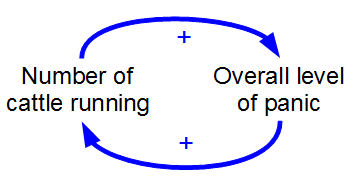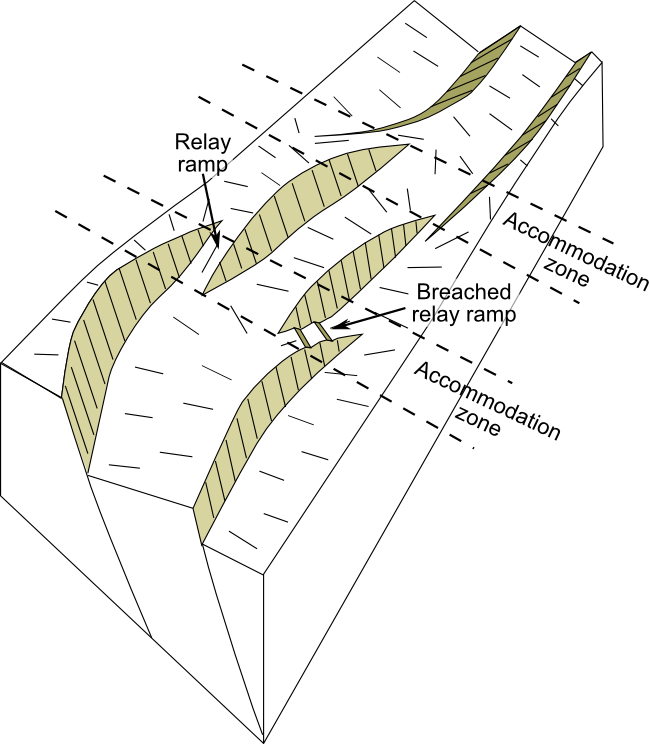|
Yawning
A yawn is a reflex in vertebrate animals characterized by a long inspiratory phase with gradual mouth gaping, followed by a brief climax (or acme) with muscle stretching, and a rapid expiratory phase with muscle relaxation, which typically lasts a few seconds. For fish and birds, this is described as gradual mouth gaping, staying open for at least three seconds and subsequently a rapid closure of the mouth. Almost all vertebrate animals, including mammals, birds, reptiles, amphibians, and even fish, experience yawning. The study of yawning is called chasmology. Yawning (oscitation) most often occurs in adults immediately before and after sleep, during tedious activities and as a result of its contagious quality. It is commonly associated with tiredness, stress, sleepiness, boredom, or even hunger. In humans, yawning is often triggered by the perception that others are yawning (for example, seeing a person yawning, or talking to someone on the phone who is yawning). This is a t ... [...More Info...] [...Related Items...] OR: [Wikipedia] [Google] [Baidu] |
Exhalation
Exhalation (or expiration) is the flow of the breathing, breath out of an organism. In animals, it is the movement of air from the lungs out of the airways, to the external environment during breathing. This happens due to elastic properties of the lungs, as well as the internal intercostal muscles which lower the rib cage and decrease thoracic volume. As the thoracic diaphragm relaxes during exhalation it causes the tissue it has depressed to rise superiorly and put pressure on the lungs to expel the air. During Hyperpnea, forced exhalation, as when blowing out a candle, expiratory muscles including the abdominal muscles and internal intercostal muscles generate abdominal and thoracic pressure, which forces air out of the lungs. Exhaled air is 4% carbon dioxide, a waste product of cellular respiration during the production of energy, which is stored as Adenosine triphosphate, ATP. Exhalation has a complementary relationship to inhalation which together make up the respirator ... [...More Info...] [...Related Items...] OR: [Wikipedia] [Google] [Baidu] |
Ginnungagap
In Norse mythology, Ginnungagap (old Norse: ; "gaping abyss", "yawning void") is the primordial, magical void mentioned in three poems from the ''Poetic Edda'' and the ''Gylfaginning'', the Eddaic text recording Norse cosmogony. Etymology ''Ginnunga-'' is usually interpreted as deriving from a verb meaning "gape" or "yawn", but no such word occurs in Old Norse except in verse 3 of the Eddic poem " Vǫluspá", "''gap var ginnunga''", which may be a play on the term. In her edition of the poem, Ursula Dronke suggested it was borrowed from Old High German ''ginunga'', as the term Múspell is believed to have been borrowed from Old High German. An alternative etymology links the ''ginn-'' prefix with that found in terms with a sacral meaning, such as ''ginn-heilagr'', ''ginn-regin'' (both referring to the gods) and ''ginn-runa'' (referring to the runes), thus interpreting ''Ginnungagap'' as signifying a "magical (and creative) power-filled space".De Vries (1977:167); cf. also Dillm ... [...More Info...] [...Related Items...] OR: [Wikipedia] [Google] [Baidu] |
Koala
The koala (''Phascolarctos cinereus''), sometimes inaccurately called the koala bear, is an arboreal herbivorous marsupial native to Australia. It is the only Extant taxon, extant representative of the Family (biology), family ''Phascolarctidae''. Its closest living relatives are the wombats. The koala is found in coastal areas of the island's eastern and southern regions, inhabiting Queensland, New South Wales, Victoria (state), Victoria, and South Australia. It is easily recognisable by its stout, tailless body and large head with round, fluffy ears and large, dark nose. The koala has a body length of and weighs . Its fur colour ranges from silver grey to chocolate brown. Koalas from the northern populations are typically smaller and lighter in colour than their counterparts further south. These populations are possibly separate subspecies, but not all researchers accept this. Koalas typically inhabit open ''Eucalyptus'' woodland, as the leaves of these trees make up mo ... [...More Info...] [...Related Items...] OR: [Wikipedia] [Google] [Baidu] |
Positive Feedback
Positive feedback (exacerbating feedback, self-reinforcing feedback) is a process that occurs in a feedback loop where the outcome of a process reinforces the inciting process to build momentum. As such, these forces can exacerbate the effects of a small disturbance. That is, the effects of a perturbation on a system include an increase in the magnitude of the perturbation. That is, ''A produces more of B which in turn produces more of A''.Keesing, R.M. (1981). Cultural anthropology: A contemporary perspective (2nd ed.) p.149. Sydney: Holt, Rinehard & Winston, Inc. In contrast, a system in which the results of a change act to reduce or counteract it has negative feedback. Both concepts play an important role in science and engineering, including biology, chemistry, and cybernetics. Mathematically, positive feedback is defined as a positive loop gain around a closed loop of cause and effect. That is, positive feedback is Phase (waves), in phase with the input, in the sense that ... [...More Info...] [...Related Items...] OR: [Wikipedia] [Google] [Baidu] |
Chaos (mythology)
Chaos () is the cosmological void state preceding the creation of the universe (the cosmos) in early Greek cosmology. It can also refer to an early state of the cosmos constituted of nothing but undifferentiated and indistinguishable matter. Etymology Greek ''kháos'' () means ' emptiness, vast void, chasm, abyss', related to the verbs ''kháskō'' () and ''khaínō'' () 'gape, be wide open', from Proto-Indo-European ', cognate to Old English ''geanian'', 'to gape', whence English '' yawn''. It may also mean space, the expanse of air, the nether abyss, or infinite darkness. Pherecydes of Syros (fl. 6th century BC) interprets ''chaos'' as water, like something formless that can be differentiated. Greco-Roman tradition Hesiod and the pre-Socratics use the Greek term in the context of cosmogony. Hesiod's Chaos has been interpreted as either "the gaping void above the Earth created when Earth and Sky are separated from their primordial unity" or "the gaping space below the ... [...More Info...] [...Related Items...] OR: [Wikipedia] [Google] [Baidu] |
Chasm
In geology, a rift is a linear zone where the lithosphere is being pulled apart and is an example of extensional tectonics. Typical rift features are a central linear downfaulted depression, called a graben, or more commonly a half-graben with normal faulting and rift-flank uplifts mainly on one side. Where rifts remain above sea level they form a rift valley, which may be filled by water forming a rift lake. The axis of the rift area may contain volcanic rocks, and active volcanism is a part of many, but not all, active rift systems. Major rifts occur along the central axis of most mid-ocean ridges, where new oceanic crust and lithosphere is created along a divergent boundary between two tectonic plates. ''Failed rifts'' are the result of continental rifting that failed to continue to the point of break-up. Typically the transition from rifting to spreading develops at a triple junction where three converging rifts meet over a hotspot. Two of these evolve to the point o ... [...More Info...] [...Related Items...] OR: [Wikipedia] [Google] [Baidu] |
Proto-Indo-European Root
The roots of the reconstructed Proto-Indo-European language (PIE) are basic parts of words to carry a lexical meaning, so-called morphemes. PIE roots usually have verbal meaning like "to eat" or "to run". Roots never occurred alone in the language. Complete inflected verbs, nouns, and adjectives were formed by adding further morphemes to a root and potentially changing the root's vowel in a process called ablaut. A root consists of a central vowel that is preceded and followed by at least one consonant each. A number of rules have been determined to specify which consonants can occur together, and in which order. The modern understanding of these rules is that the consonants with the highest sonority () are nearest to the vowel, and the ones with the lowest sonority such as plosives are furthest away. There are some exceptions to these rules such as thorn clusters. Sometimes new roots were created in PIE or its early descendants by various processes such as root extensions ... [...More Info...] [...Related Items...] OR: [Wikipedia] [Google] [Baidu] |



